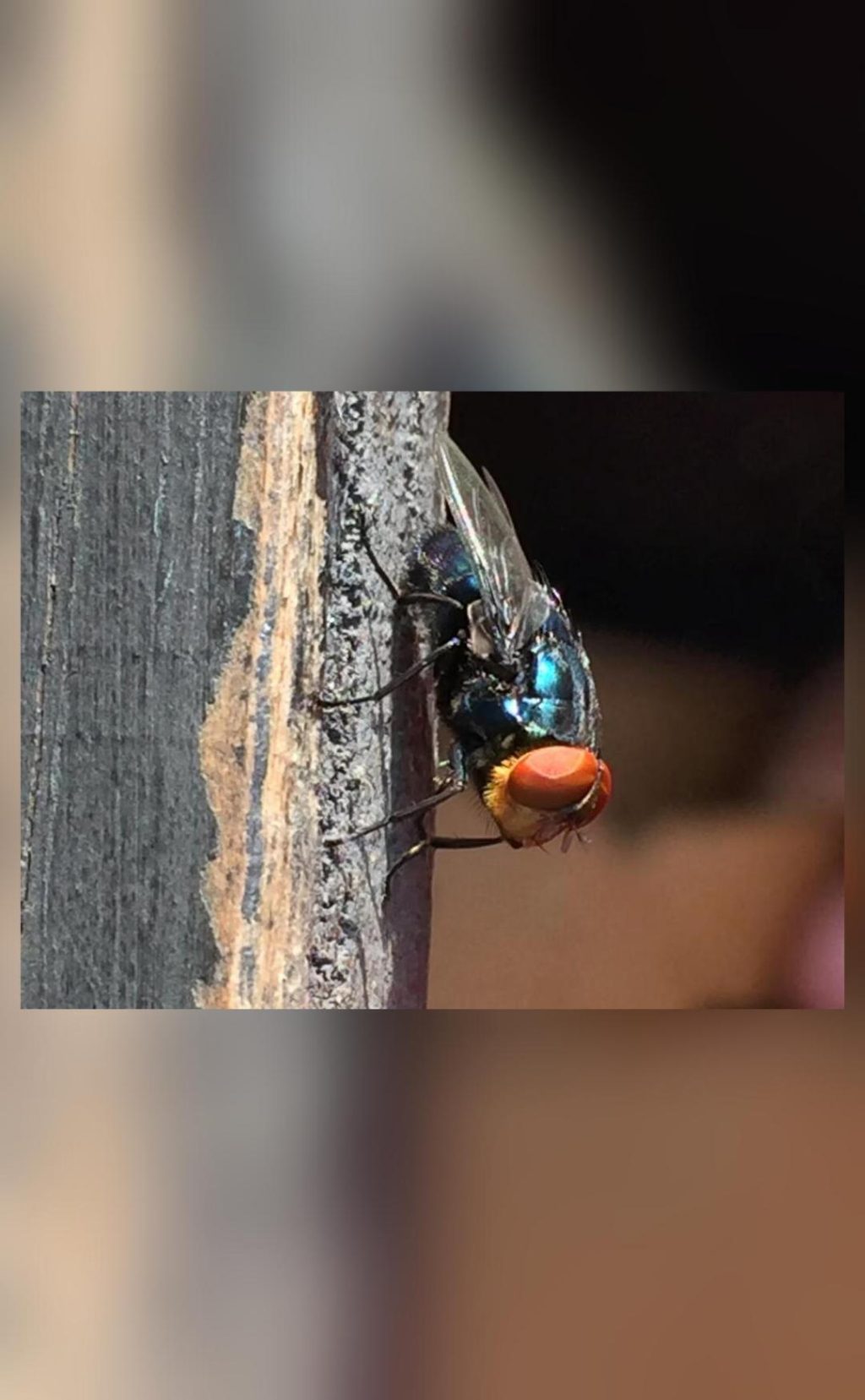
Why is the US planning to breed screwworm flies and dump them from planes over Mexico?
The United States government is embarking on a peculiar mission to combat the flesh-eating larvae of the New World screwworm fly, a pest that threatens the country’s beef industry. The plan involves breeding billions of male screwworm flies, sterilizing them with radiation, and then dumping them from planes over Mexico and southern Texas to eradicate the female population. This unconventional approach has raised eyebrows and sparked curiosity among many. In this blog post, we’ll delve into the details of this unusual plan and explore its implications.
The New World screwworm fly: a menace to the beef industry
The New World screwworm fly (Chrysops spp.) is a type of fly that is native to the Americas. Its larvae feed on the flesh of warm-blooded animals, including cattle, horses, and other livestock. The screwworm fly is a significant pest in the United States, particularly in the southern states, where it can cause significant economic losses to the beef industry.
The fly is attracted to the warmth and moisture of animal hides, where it lays its eggs. The larvae then burrow into the skin, causing painful and potentially life-threatening infestations. Infested animals may experience severe pain, swelling, and abscesses, which can lead to secondary infections and even death.
The US plan to breed screwworm flies
To combat the screwworm fly, the US Department of Agriculture’s Animal and Plant Health Inspection Service (APHIS) has developed a novel approach. The plan involves breeding billions of male screwworm flies in a laboratory setting, sterilizing them with radiation, and then releasing them over Mexico and southern Texas.
The sterilized male flies will mate with the female flies in the wild, but since they are unable to reproduce, the population will eventually die out. This approach is known as the Sterile Insect Technique (SIT), which has been used successfully in other countries to control pests and diseases.
The US plan is a massive undertaking, involving the breeding of over 3 billion male flies per year. The flies will be released from planes over Mexico and southern Texas, where they will mate with the female population. The goal is to eventually eliminate the screwworm fly from the region and protect the beef industry from its devastating effects.
How will the program work?
The program will involve several steps:
- Breeding: The first step will be to breed the screwworm flies in a laboratory setting. The flies will be reared in large quantities, and their sex will be determined using genetic markers.
- Sterilization: The male flies will be sterilized using radiation to prevent them from reproducing with female flies.
- Release: The sterilized male flies will be released from planes over Mexico and southern Texas. The flies will be dispersed using a specialized aircraft, which will release them at an altitude of around 1,000 feet.
- Mating: The male flies will mate with the female flies in the wild, but since they are unable to reproduce, the population will eventually die out.
- Monitoring: The success of the program will be monitored using a combination of traps, surveillance, and genetic testing. The traps will be used to collect flies, which will then be tested for their genetic makeup and reproductive ability.
Challenges and concerns
While the Sterile Insect Technique has been used successfully in other countries, there are several challenges and concerns associated with the US plan. Some of the key concerns include:
- Containing the flies: The screwworm flies are capable of flying long distances, which raises concerns about their ability to escape and infest other areas.
- Impact on wildlife: The release of large numbers of flies could potentially harm other animals, such as birds and bats, which may feed on the flies.
- Public perception: The plan may be met with resistance from the public, who may be concerned about the safety and ethics of releasing large numbers of flies.
- Cost: The program is expected to be expensive, with estimates suggesting that it could cost millions of dollars per year.
Conclusion
The US plan to breed screwworm flies and dump them from planes over Mexico and southern Texas is an unconventional approach to combating the flesh-eating larvae of the New World screwworm fly. While there are several challenges and concerns associated with the program, it has the potential to be an effective solution to a significant pest problem. As the program gets underway, it will be important to monitor its progress and address any concerns that arise.
Source:






